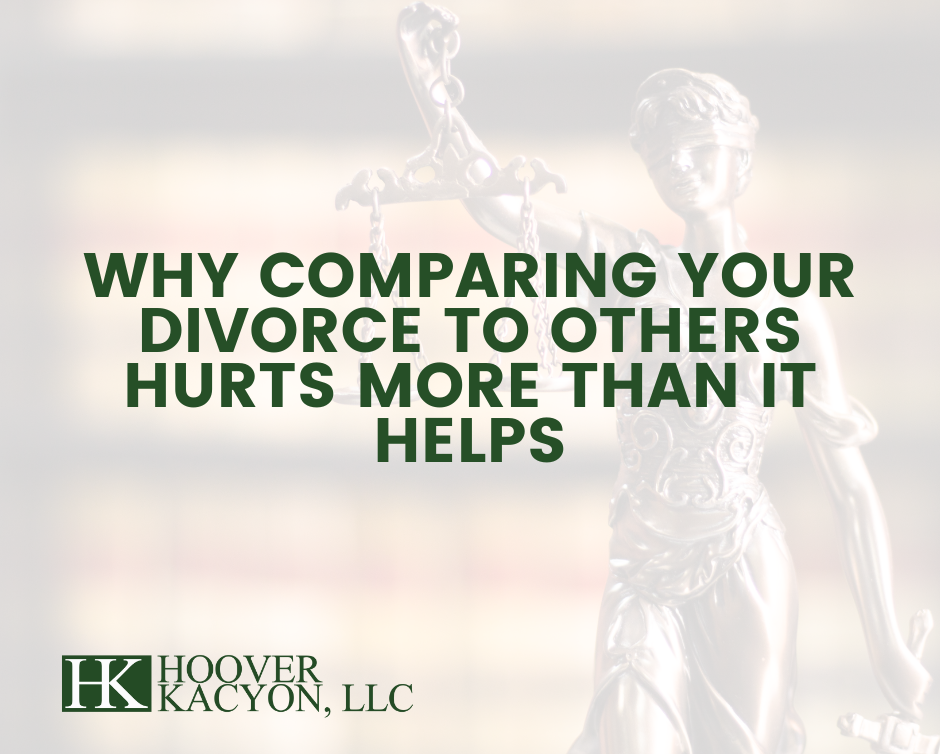
Preparing for a High-Asset Divorce
No divorce is easy, but preparing for a high-asset divorce adds an extra layer of stress when trying to split everything fairly. A high-asset divorce usually consists of liquid assets that equals $1 million or more. Ohio is an equitable distribution state, so the courts will try to make it as equal and fair as possible. Knowing what to expect can help you in preparing for a high-asset divorce.
Marital Assets
Many times, one spouse is aware of the finances in a high-asset marriage. If you are the spouse not responsible for the finances, take the steps necessary to document and make yourself aware of the joint financial situation. Begin by compiling documents and receipts, and take photos of items in your household. Taking this inventory will help when working to separate assets. Getting a business valuation done is a good idea, and hiring a financial expert to assist with properly documenting assets will also be helpful.
Hidden Assets
Although hiding assets in a divorce is illegal, many still try. A forensic accountant can help you locate assets as well as identify the origin of funds to better understand if it is joint or separate. What to look for as a sign of possibly hiding assets is a closed bank account, assets transferred to children’s names, or deferring bonuses or promotions. Inform your lawyer immediately if you suspect any hidden assets.
Mediation
It is possible to avoid court in a high-asset divorce and simply go through mediation. This route may be beneficial if you have children. Even with a complex case, you can try mediation first to see if you can resolve everything without getting a court involved. You may work through asset division, alimony, child support, and child custody via mediation, so you maintain control over those aspects. Time and money will also be saved without going to court.
Taxes
Don’t overlook the tax implications that come with splitting certain assets. Capital gains taxes will follow after selling any assets for a profit. Separating retirement accounts, real estate, and other investments will impact what you must pay in taxes post-divorce. Marital homes are a big one that can come as a surprise. You should absolutely sell it if it is unwanted or unaffordable but remember to factor in the tax difference.
Child Support
Each state has guidelines for determining child support amounts. However, they generally have a higher income limit and do not cover all financial scenarios. Courts often need to be brought in on a case-by-case basis to review the situation and decide on the child support amount after determining the income and expenses around the child or children. Alimony is similar. If both spouses are high-earners, it may not be as troublesome. When one spouse is the primary breadwinner, alimony may be a factor. The amount of alimony is usually paid in one lump sum.
Hiring a law firm familiar with high-asset divorce proceedings and splitting of property will significantly impact how you are protected and your future. No matter how complicated or complex your divorce might be, the Summit County, Hoover Kaycon Attorneys at Law are here to answer your questions and help you through the process. We deliver the highest quality legal representation from a team of professionals while also providing excellent customer service.
Call us at
330-922-4491
or
contact us
online to make an appointment.
Recent Post






You Might Also Like






You Might Also Like










You Might Also Like













